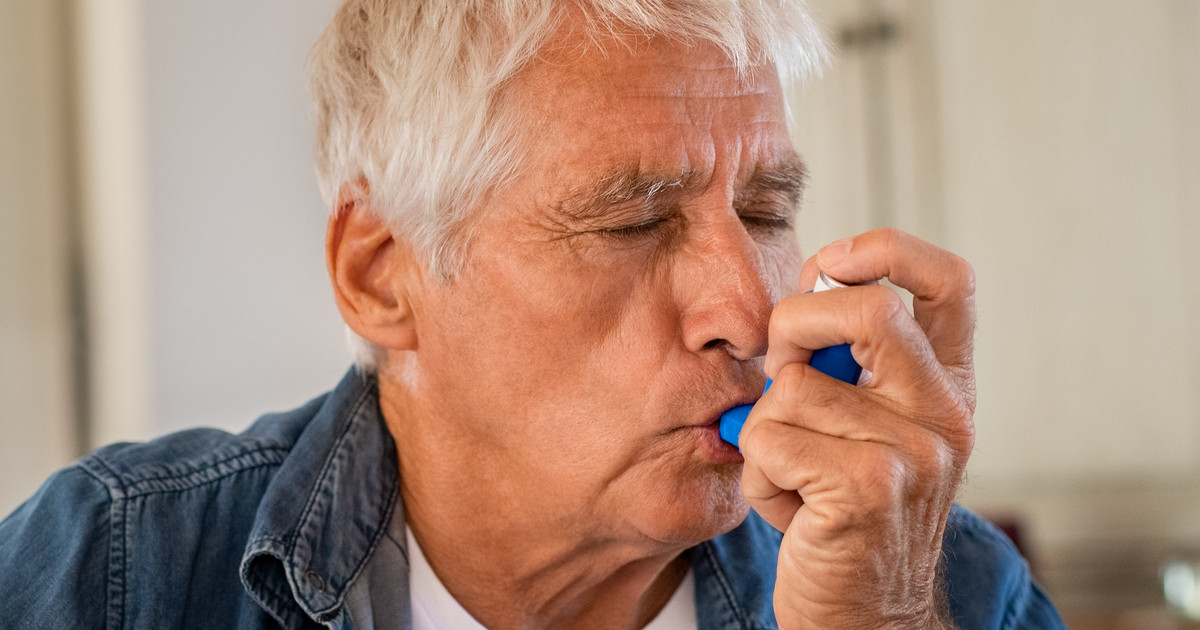Signs And Symptoms Of COPD
Chronic obstructive pulmonary disease (COPD) is a lung condition that causes long-term breathing difficulties. It includes emphysema and chronic bronchitis. Most patients have both of these illnesses. In the United States, there are roughly sixteen million individuals with this condition. Smoking is the main cause. Doctors can use chest x-rays, CT scans, lung function tests, and arterial blood gas tests to diagnose this condition.
Many patients will take their medication through prescription inhalers for COPD. Every patient wants the best inhaler for COPD, though this may vary. Bronchodilators, inhaled steroids, and theophylline are some options. There are also specific medications for emphysema patients available. Patients may also look at herbal remedies for COPD. However, all treatment begins with identifying the symptoms and reaching a diagnosis.
Shortness Of Breath

Medically known as dyspnea, shortness of breath is the feeling of not getting enough air into the lungs. It can feel as though the patient is suffocating, and it may be very frightening. For patients with chronic obstructive pulmonary disease, shortness of breath is especially likely during exercise. If shortness of breath occurs with chest pain, nausea, or fainting, the patient should receive emergency medical care.
Doctors evaluate dyspnea by listening to the patient's lung sounds with a stethoscope. They may also perform pulse oximetry and lung function tests. Chest x-rays, CT scans, and blood tests might be recommended. Some patients will need to have an electrocardiogram. Shortness of breath may be treated with medications and supplemental oxygen. However, the chosen treatment will depend on the severity of the patient's symptoms. Hospital treatment could be necessary for patients with severe shortness of breath.
Learn more about the symptoms associated with chronic obstructive pulmonary disease now.
Lack Of Energy

Many patients with chronic obstructive pulmonary disease experience a lack of energy, which can make it difficult to exercise and do household chores. For example, patients might feel tired after a short walk, and they could struggle with cleaning the house, washing clothes, or cooking. Simple household changes may make it easier to complete everyday tasks while dealing with low energy. It can be beneficial to store frequently used items together on a low shelf or in another easy to reach location. Using poles with long handles may make it easier to get items stored on higher shelves, and using carts with wheels could reduce the strain of moving items.
Climbing the stairs can be particularly exhausting for chronic obstructive pulmonary disorder patients. It might be worthwhile to consider adding ramps to the home to minimize their usage of stairs. Individuals with chronic obstructive pulmonary disease who have bedrooms on the second story of their home may benefit from moving their bedroom to the first floor. Patients should allow extra time to complete activities. They should see their doctor if they notice rapid or concerning decreases in their energy levels. At times, certain household tasks or errands may be too exhausting for a chronic obstructive pulmonary disease patient. In these cases, the patient may need to ask for help from family, friends, or home health aides.
Continue reading to uncover more warning signs of chronic obstructive pulmonary disease now.
